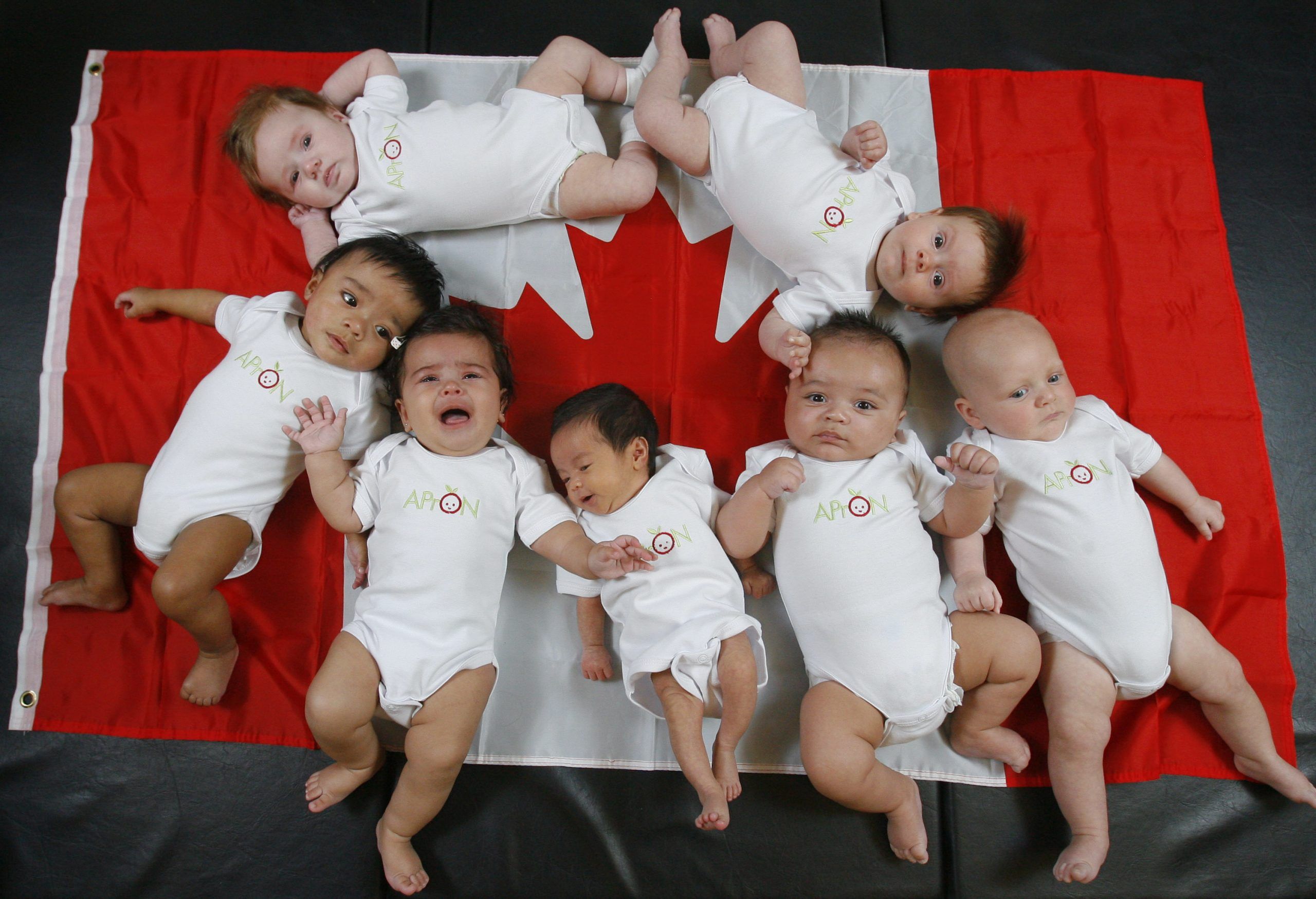Statistics Canada confirmed last week that 351,679 babies were born in 2022 — the lowest number of live births since 345,044 births were recorded in 2005.
The disparity is all the more notable given that Canada had just 32 million people in 2005, as compared to the 40 million it counted by the end of 2022. In 2005, it was already at historic lows for Canada to have a fertility rate of 1.57 births per woman. But given the 2022 figures, that fertility rate has now sunk to 1.33.
…
Of Canadians in their 20s, Statistics Canada found that 38 per cent of them “did not believe they could afford to have a child in the next three years” — with about that same number (32 per cent) saying they doubted they’d be able to find “suitable housing” in which to care for a baby.
…
A January survey by the Angus Reid Group asked women to list the ideal size of their family against its actual size, and concluded that the average Canadian woman reached the end of their childbearing years with 0.5 fewer children than they would have wanted
“In Canada, unlike many other countries, fertility rates and desires rise with income: richer Canadians have more children,” it read.



Education … the more educated and informed a population becomes, the fewer children they have. It doesn’t mean that the population is very highly educated overall … even just a small uptick of an education lowers the birthrate. It just means that with a bit of knowledge, experience and education people become less likely to want to have children.
Is it directly the education or is it because more education leads to making more money?
It also means, espically in women, they can work outside the home
deleted by creator
Education is expensive, which makes having children more expensive. A society that “requires” more education would have to reduce its birthrate to afford it, all else being equal.
It’s access to contraception combined with material conditions. It’s much easier for people to make the choice of whether they want to have children these days, and a lot of people are looking around and saying, “nah.”